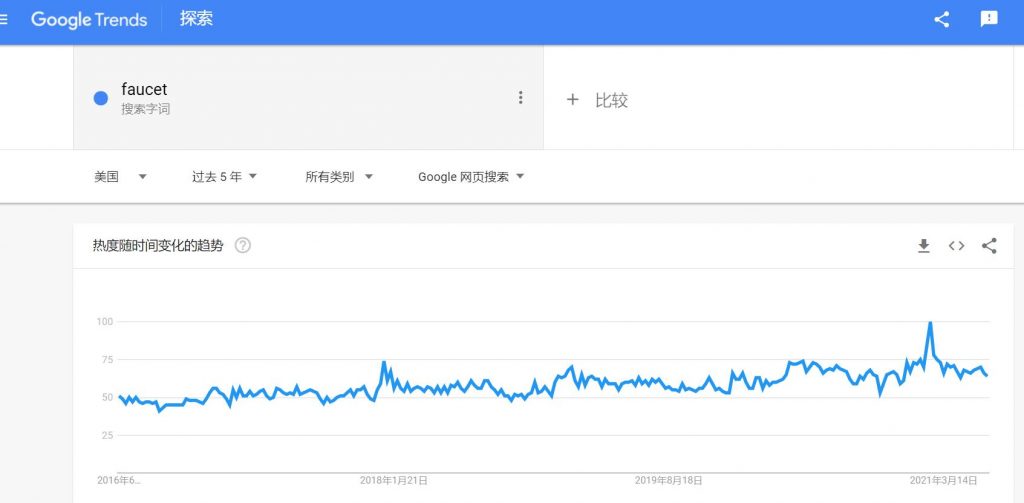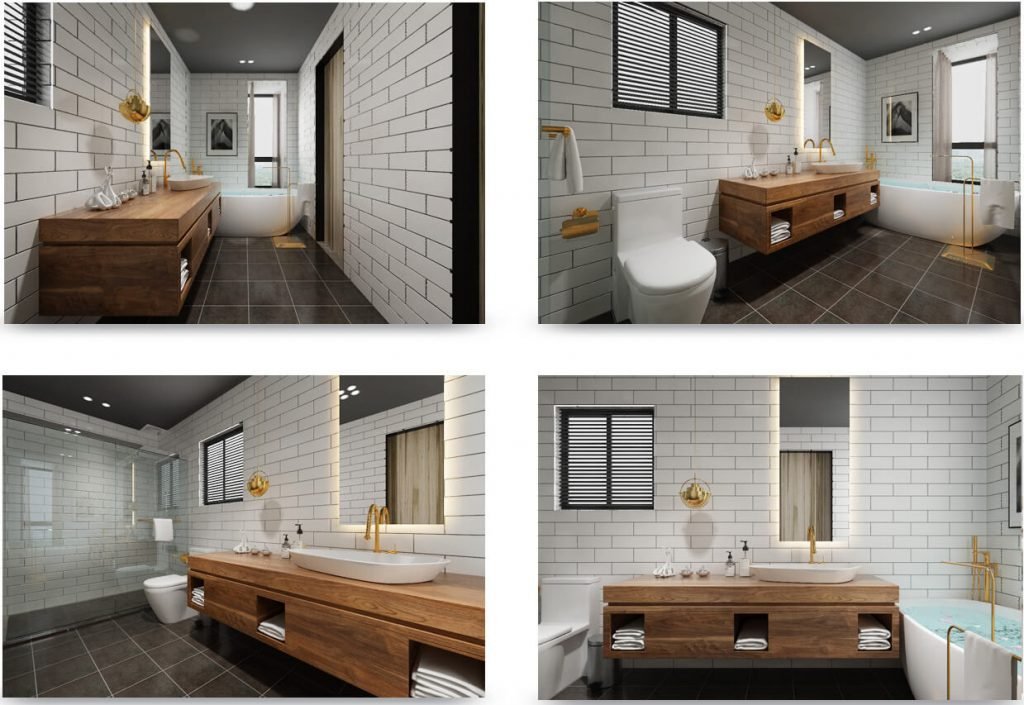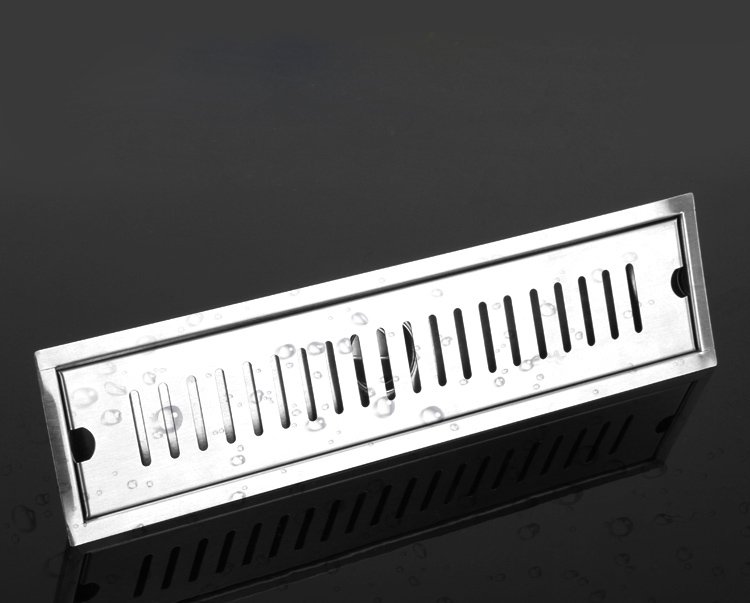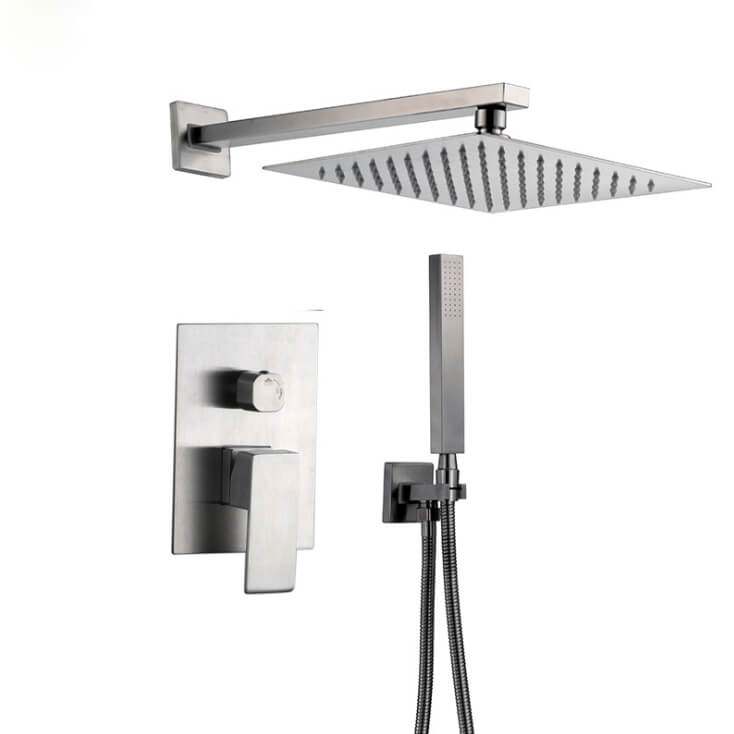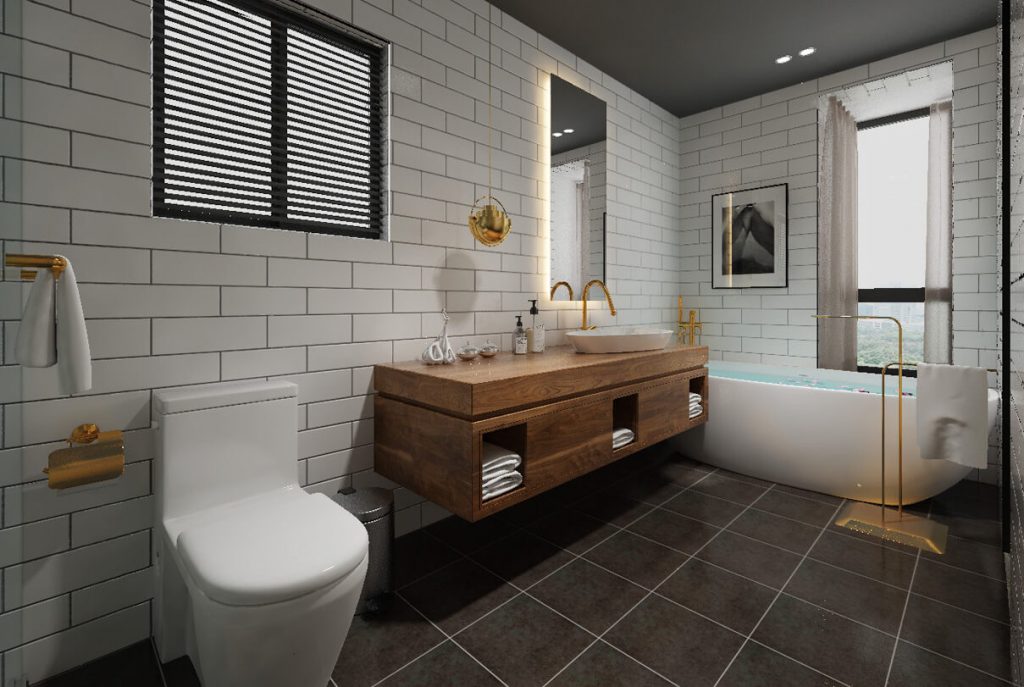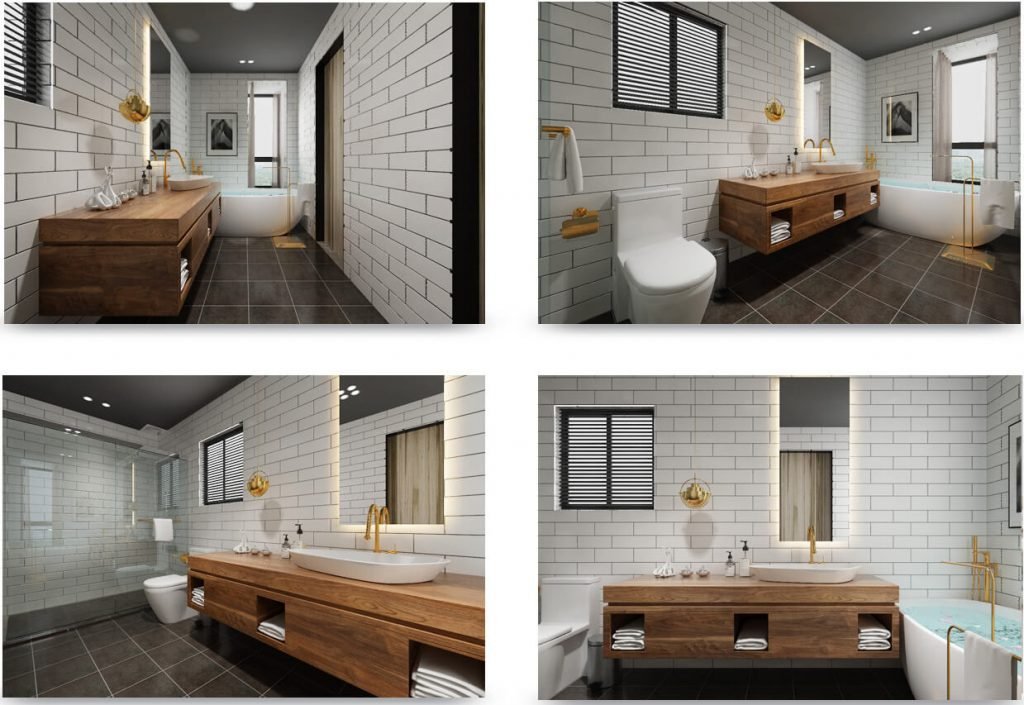The European Union plans to ban the use of chrome plated materials from 2025, and will the export of faucets and showers change?
Recently, it was reported that the European Union (EU) has recently proposed a plan to ban the use of chromium plated materials, which is expected to be officially implemented in 2025.
The main reason for launching this plan is that chromium plated materials release toxic chemicals during the manufacturing process, which pose a threat to human health. Hexavalent chromium in chromium plated materials is a known carcinogen that typically causes lung cancer, with a toxicity 500 times that of diesel emissions. At present, there is no safe method to produce chromium plated materials, and all known processes produce toxic waste gases.

It is understood that chrome plated materials have a wide range of applications in the automotive industry, especially in high-end models, commonly used to distinguish different configuration levels. In addition, modification and refurbishment companies also use chrome plated materials to enhance the appearance of the car. If the EU ban takes effect, it will have a huge impact on these companies, and they will have to find alternative solutions.
In addition to the automotive industry, chrome plated materials are also used in daily life. In the bathroom industry, chrome plated materials are also widely used in hardware bathroom products such as faucets and showers. Some industry insiders believe that if the news is true, there will be a significant adjustment to European export faucets, and the surface treatment methods of bathroom products such as faucets are expected to undergo significant changes. Chromium plated material is a practical material, and the EU ban will force various industries to find new solutions.
Earlier this year, the state of California in the United States also proposed a similar ban, which was passed in May. The state stipulates that any enterprise producing chromium plated materials must find a substitute, such as trivalent chromium with lower toxicity, or face fines. There are over 110 chrome plating facilities in the state, and if a substitute cannot be found, it will suffer serious economic losses.
In Europe, the ban will have an equally significant impact. Renault design director Jill Vidal does not think this is a bad thing, at least in terms of car design. He said, “We are currently researching some pollution-free solutions, but I hope we can get rid of chrome materials. This is the time for us to change the game rules and expand our thinking, with more sustainable alternatives.” Other car manufacturers also agree, and the trend in exterior design is more towards using dark exterior decorations. Perhaps the era of chrome materials has passed.








